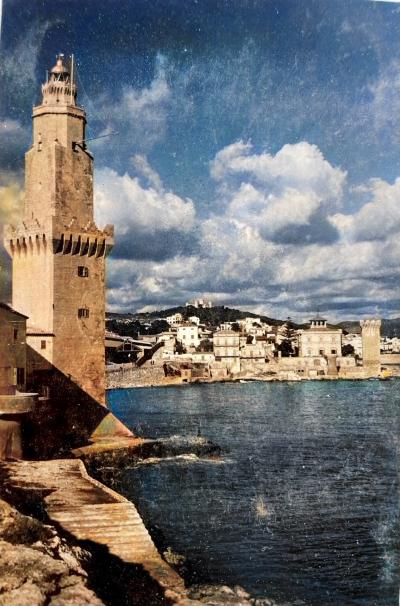What are the key components of the Llullian alphabet that make it unique compared to other medieval symbolic systems?
Similar Topics
llullian alphabet
medieval symbolic system
ramon llull
logical analysis
combinatorial reasoning
rotating discs
universal logic
algorithmic thinking
The Llullian alphabet, devised by the medieval philosopher Ramon Llull, stands out as a unique symbolic system due to its foundational purpose and structural design. Unlike many contemporary alphabets or symbolic codes which primarily served linguistic or cryptographic functions, the Llullian alphabet was conceived as a tool for logical analysis and combinatorial reasoning. Its core aim was to facilitate the exploration of all possible relationships between basic philosophical and theological concepts through systematic combination, transforming abstract ideas into a mechanical process.
Central to the Llullian system are a limited set of characters, each representing fundamental attributes or principles such as goodness, greatness, and eternity. These letters were arranged on rotating discs or wheels, which could be aligned in various configurations to generate a vast array of conceptual permutations. This physical mechanism was revolutionary because it externalized human thought, allowing the user to mechanically explore complex logical relationships. The alphabet was not just a writing system but an early form of algorithmic thinking, leveraged in both scholarly debate and theological inquiry.
What further distinguishes the Llullian alphabet from other medieval symbolic systems is its normative and universal aspiration. Llull intended his alphabet to provide a universal logic that could bridge cultural and religious divides, aiming for a shared framework of understanding that was both systematic and replicable. While many other symbolic systems of the medieval period were esoteric or restricted to specific scholarly or clerical circles, Llull’s invention was designed to be a practical, cognitive tool with broad application. This blend of philosophical depth, mechanical operation, and universalist ambition makes the Llullian alphabet a distinctive and innovative chapter in the history of symbolic systems.
Central to the Llullian system are a limited set of characters, each representing fundamental attributes or principles such as goodness, greatness, and eternity. These letters were arranged on rotating discs or wheels, which could be aligned in various configurations to generate a vast array of conceptual permutations. This physical mechanism was revolutionary because it externalized human thought, allowing the user to mechanically explore complex logical relationships. The alphabet was not just a writing system but an early form of algorithmic thinking, leveraged in both scholarly debate and theological inquiry.
What further distinguishes the Llullian alphabet from other medieval symbolic systems is its normative and universal aspiration. Llull intended his alphabet to provide a universal logic that could bridge cultural and religious divides, aiming for a shared framework of understanding that was both systematic and replicable. While many other symbolic systems of the medieval period were esoteric or restricted to specific scholarly or clerical circles, Llull’s invention was designed to be a practical, cognitive tool with broad application. This blend of philosophical depth, mechanical operation, and universalist ambition makes the Llullian alphabet a distinctive and innovative chapter in the history of symbolic systems.
🧩 Related Questions
Related Question
Are sea level changes in Mallorca significant enough to affect beach activities or coastal access?
Related Question
In what ways do subsidies help farmers in Mallorca adapt to climate change and unpredictable weather?
Related Question
Can visitors explore underwater wildlife in Mallorca, and what marine creatures might they encounter while scuba diving?
